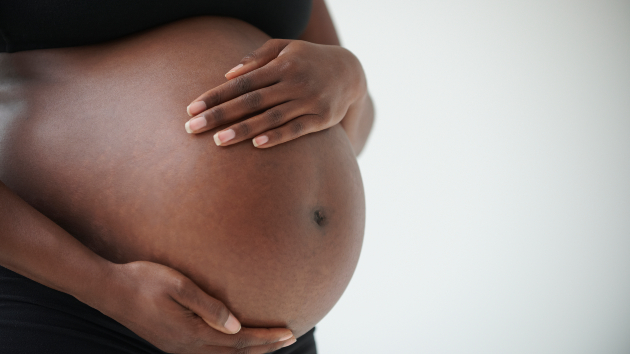Births decreased in first half of 2021, likely linked to pandemic: CDC
LWA/Dann Tardif/Getty Images
(NEW YORK) — The number of births declined in the U.S. in 2021 and the COVID-19 pandemic played a role, according to a new report published by the Centers for Disease Control and Prevention on Tuesday.
Researchers from the National Center for Health Statistics — a branch of the CDC — compared provisional data from the first half of 2021 to final data from the first half of 2020.
They found there were 1.74 million births between January and June of last year, a 2% decline from the 1.78 million births that occurred over the same period in 2020.
The drop was largely driven by the decline in births for the month of January, with 304,000 babies born in January 2020 compared to nearly 277,000 in January 2021 — a 9% decrease.
“The last two or so years have kind of been unparalleled” when it comes to declines in births, Dr. Brady Hamilton, a statistician at the NCHS and co-author of the report, told ABC News. “Certainly the thing that caught our eye — and we already saw a hint when we looked at the data for 2020 compared to 2019 — there was an extremely sharp decline in the number of births in January of 2021 compared to January of 2020.”
However, after that sharp drop, the number of births increased in March and April of last year compared to 2020, before dropping again in May and then rising in June by 3%.
The authors noted this is an improvement from the first year of the pandemic, during which the number of births declined for each month of the first half of 2020 compared to 2019.
The report also found that the number of births declined for all races and ethnicities in the first half of 2021.
White women saw the smallest drop — of less than 1%, from about 916,000 births to 914,000 — and Asian women saw the biggest drop — of 8%, from approximately 110,000 births to 102,000.
Additionally, white, Black, Asian and Hispanic women had the largest declines in January, while American Indian/Alaska Native and Native Hawaiian/Pacific Islander women saw their biggest drops in May and February, respectively.
The report also looked at the number of births by state and found 19 states and Washington, D.C., reported fewer births during the first half of 2021 compared to the first half of 2020. Seventeen additional states reported declines, but they were not statistically significant.
The biggest drops were seen in New Mexico and Washington, D.C., with a 5% and 9% decrease, respectively.
Meanwhile, four states — Connecticut, Idaho, New Hampshire and Tennessee — saw a jump in the number of births.
Hamilton and his team said it’s clear the COVID-19 pandemic did play a role in the decline of births, but it’s unclear if it was the sole reason and what pandemic-specific factors led to the decline, such as economic uncertainty and lack of job security.
“While our data comes from the birth certificate and it’s an amazing data set … unfortunately it has limitations and one of those limitations is factors that people consider in terms of having a child, starting a family,” he said. “That’s important because when you look at the impact of the pandemic, what are the mechanisms and how exactly does it happen?”
He continued: “So we see these associations but in terms of teasing out particulars, we sort of have to wait to see until we get survey data which asks those particular questions about the decisions people were making.”
Hamilton did acknowledge that the large decline in January 2021 compared to January 2020 means that women were not getting pregnant around March and April 2020, when the first COVID-19 lockdowns and stay-at-home orders occurred.
“When it comes to looking at these numbers, there is a nine-month lag, so the number of births you see occurring a month reflects what people’s actions were nine months before,” he said. “So that [drop] is very interesting and something we will look at in more detail.”
Copyright © 2022, ABC Audio. All rights reserved.

